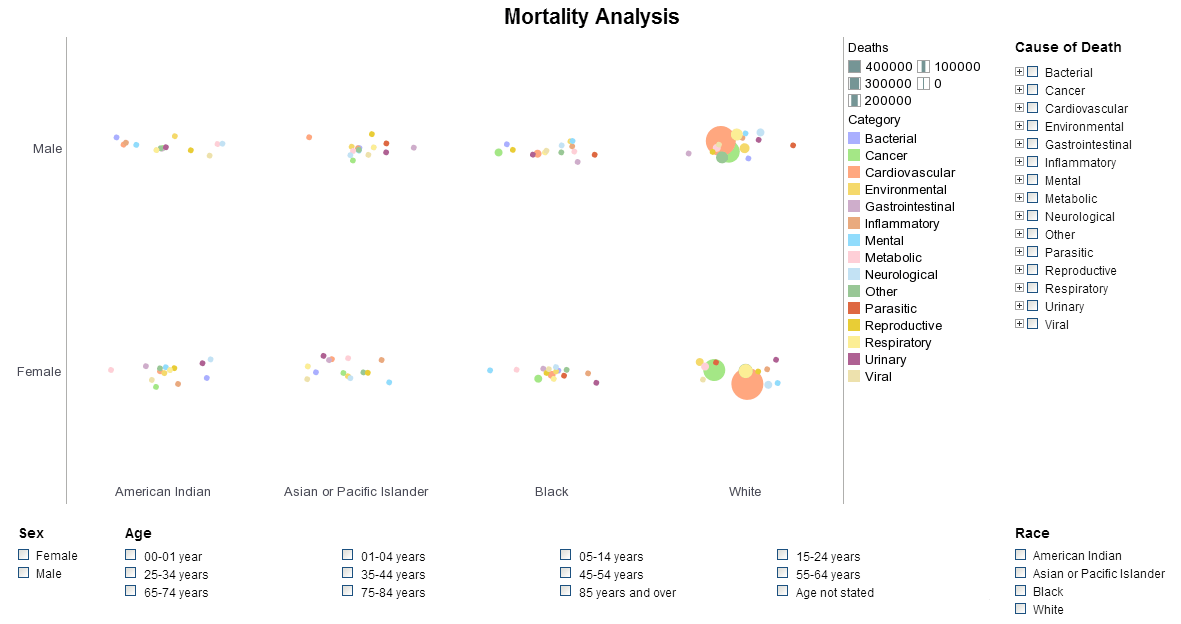Knowledge Driven Performance Management
This is a transcript of a Webinar entitled, "Knowledge Driven Performance Management” hosted by InetSoft. The speaker is Christopher Wren, Principal Consultant at TFI Consulting.
Today I’m going to talk about knowledge enhanced performance management and all of the performance management approaches that are available in the market place. More specifically, we’re going to talk about corporate performance management and not employee performance management.
In corporate performance management, there’s a huge knowledge asset that is available within organizations that’s now available on the internet and over the web as well. There is a wonderful opportunity to enhance corporate performance management initiatives by linking it with those knowledge assets in order to really empower the people to do a more effective job for themselves, their teams, and organizations. I’m just going to talk about one particular technique that we’ve been using for doing that.
So very simply, I’m just going to talk very briefly about some performance management approaches, how they’re sometimes abused, and some of the things we can do to improve them.
| #1 Ranking: Read how InetSoft was rated #1 for user adoption in G2's user survey-based index | Read More |
Corporate Knowledge Assets
Afterwards we’ll talk about proactive performance management because linking corporate performance management with knowledge management is a proactive approach to improving corporate performance management. I’m also going to talk about the aligning that performance management initiatives have with those corporate knowledge assets and then talk about an example that we use inside of TFI Consulting.
So to start it off, a lot of corporate performance management initiatives, especially the smaller ones, are not quite as successful in the long term. They tend to focus on providing a control mechanism. A control mechanism implemented by senior managers can set specific corporate or business performance goals for divisions or organizations under their control.
When something doesn’t go as expected, the performance reporting system would have a flag system, whether it’s red, yellow, green, or blue, that shows that something’s not going right. For whatever reason that may be, the top managers can hammer down and punish those individuals who aren’t making their corporate performance management goals.
I’m not saying I advocate this system; however, it is the way in which many organizations and managers deploy performance management. It’s a way for them to get a simplified scorecard of what’s going right, what’s going wrong, and then using that to punish people by saying you’re not doing your job.
These indicators are red and you’ve got to fix them. They’re going to just keep hammering those people until they fix their performance but clearly, that’s not a very effective way to build a long term, sustainable culture of performance management and continuous improvement. However, that’s the place where a lot of organizations get stuck in terms of how they apply corporate performance management.
 |
View a 2-minute demonstration of InetSoft's easy, agile, and robust BI software. |
More Effective Mechanism
Clearly, a more effective mechanism, and this goes back to some of the things we were talking about before, is in terms of aligning corporate performance management with rewards. This involves the alignment discussions about managing change but also linking corporate performance management with rewards, incentives, and celebrations.
I believe this is a far more effective mechanism. It’s certainly better than simply focusing on the negative side of the equation. It aligns individual goals with team goals, organizational goals, and the incentive programs that support them. What we would like to do is go beyond that and identify something that we would see as in line with a self-actualizing organization.
What I mean by this is that performance and all of the incentive systems aren’t external to the system, but they’re built into the system. They’re the things that motivate people. The things that motivate the organization; the rewards and the process mechanisms that sustain that performance are all part of the same organic institutions. They keep the organization healthy and the organization, by those internal processes, actualizes its improved performance delivering sustainable, improved goals over time.
So what does this involve? This involves having real performance management, providing insight and guidance rather than simply hammering people down in terms of what they’re not doing right. It also involves empowering and motivating those people in terms of aligning their incentives, incentives of the organization, and their teams with long-term strategic drivers of the organization. Most importantly, it won’t be limited to scorecards, dashboarding, and alerting.
 |
Read the top 10 reasons for selecting InetSoft as your BI partner. |
We run into a lot of problems that you find in a lot of situations where many organizations equate corporate performance management with a small set of tools. Often times, their system tools that are provided by vendors allow them focus on one part of the overall process, which is easy to automate and looks great because they can color code things red, yellow, green, and blue. It’s important to note that no scorecards, dashboards, and alerts are the only important tools of the entire process.
| Next: Reactive vs Proactive Performance Management |


